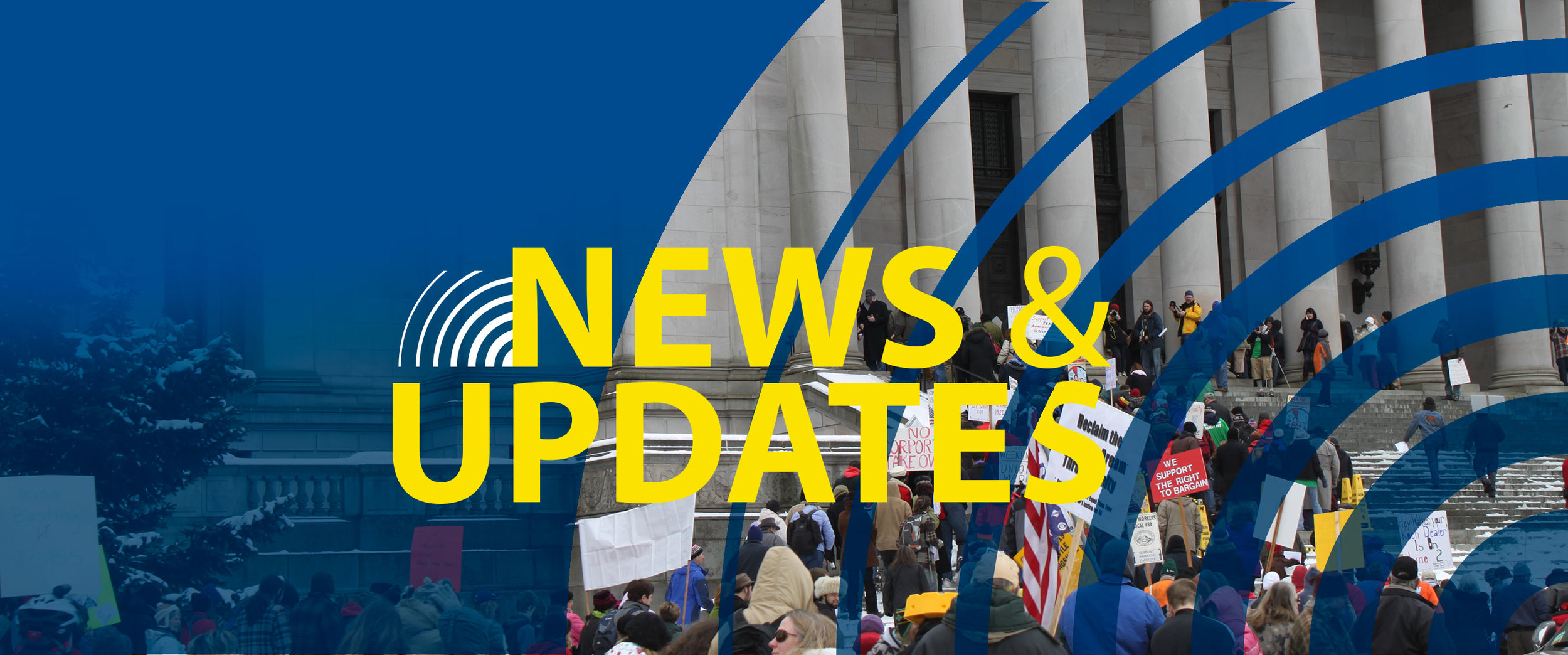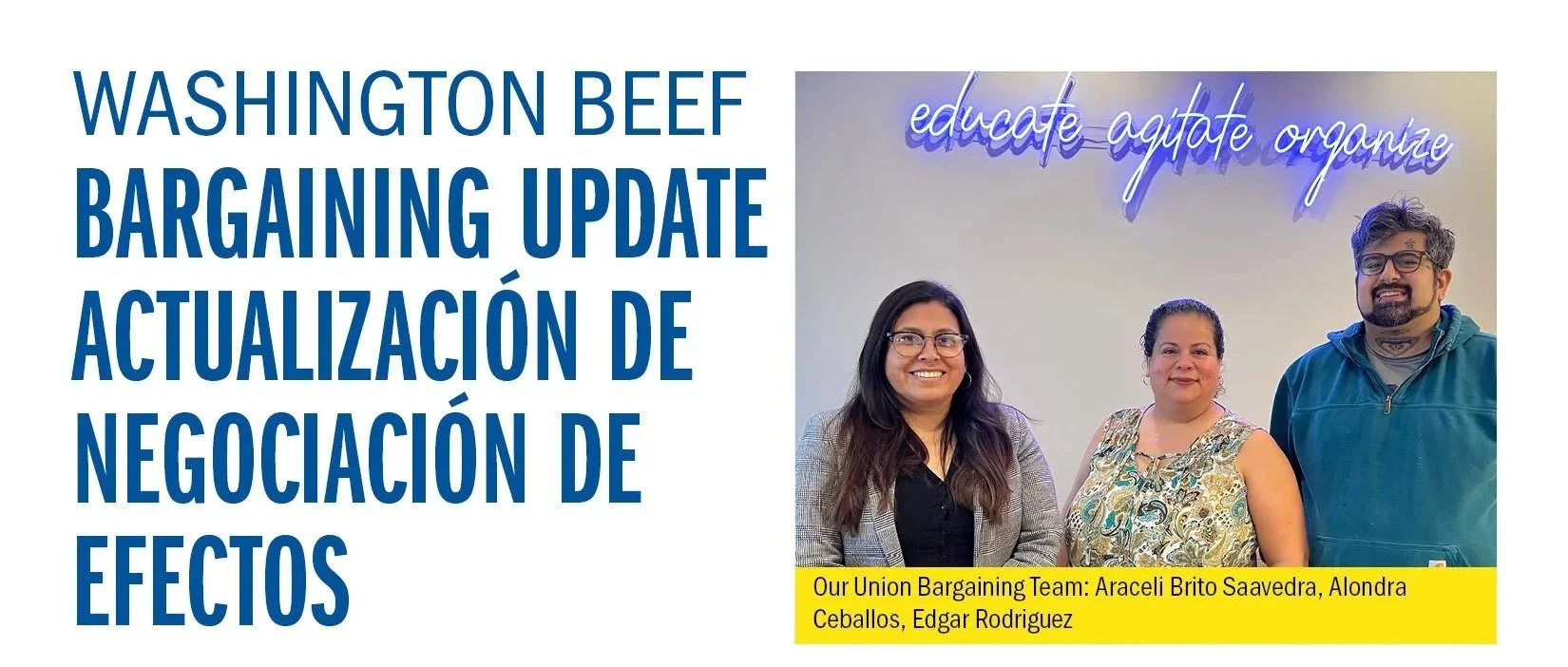Celebrating the 30th Anniversary of the Americans with Disabilities Act
/July 26, 2020 is the 30th anniversary of the signing of the Americans with Disabilities Act (ADA). The history of the ADA is one of people stepping up to fight for their rights, speak out about what they need, and stand together for change, and we are honored to celebrate this milestone in workers’ rights. As the Equal Employment Opportunity Commission put it:
The ADA story began years before its enactment, when people with disabilities and their allies began opposing unfair barriers that kept people with disabilities excluded from vast swaths of life, including joining and thriving in America’s workforce. This movement brought existing inequalities to the attention of those in all levels of government, the press, and the American people.
The ADA continued protections for people beyond what was fought for and won in the 1964 Civil Rights Act, which protects workers from employment discrimination based on race, sex, color, religion or national origin. Bold leaders in the disability rights movement have added to the quality of life not just for people with disabilities, but for all workers. We hope to continue this legacy, now more than ever.
Hear from UFCW 21 member Shayla, a Medical Assistant at Skagit Valley Hospital, about workplace accommodations under the ADA:
I’m a proud UFCW 21 member, and I have Autism Spectrum Disorder. I was diagnosed 7 years ago by the University of Washington Autism Center. I think there’s a lot more people on the spectrum than most people realize, and people being diagnosed later in life don’t always know that accommodations are available.
I’ve utilized ADA accommodations in the workplace. I’m pretty high-functioning, but there are some things that I really did need. I’m really sensitive to sound and visual distraction—people that have autism, it’s almost like we have weird superpowers. I’ve exercised my rights to request quieter working conditions, noise-canceling headphones, moving my desk, getting a shade over a light that was triggering migraines.
I have a different learning style. But I have to work, and I try to make things really clear when I hire on. I’m able to get accommodations when I request them, but I’ve really had to fight at multiple employers to get what I need. I think it took me 25 emails one time to actually get that shade over my light, and I ended up buying my own headphones. I’ve experienced discrimination. I think a lot of employers don’t want to have to do this stuff.
I think what the ADA accomplished was great, but I wish it was even stronger. Pushing for even better education and enforcement of the ADA would be tremendous. We need to get out there and let people know that accommodations for disabilities are a resource that we are legally entitled to in the workplace, and we should not be afraid or discriminated against for asking for accommodations.
My advice to workers with disabilities is: Don’t give up! Stand firm. It’s the law. It is our basic right in the workplace to get the accommodations we need.
This video from Disability Rights Washington is a great introduction to what accommodations at work can look like for people with disabilities, and how to get reasonable accommodations in your workplace. They don’t mention it in the video, but we encourage you to talk to your Union Rep for help at any point in this process—requesting, negotiating, or filing a claim.
Ways to Celebrate this Anniversary of the ADA
Shaila Jackson at the “capitol crawl” in 1990, photo by tim olin
Check out ADA 30 In Color from the Disability Visibility Project, a series of original essays on the past, present, and future of disability rights and justice by disabled BIPOC (Black, Indigenous, People of Color) writers, and attend the #ADAInColor online event (7/26 4pm PT)
Watch the Seattle Channel’s special programming: Celebrate the 30th anniversary of the Americans with Disabilities Act
Watch the show Vote for Access, which asks the question: “If people with disabilities voted at the same rate as non-disabled voters, 2 million more votes would be cast. What is getting in the way of disabled voters exercising their rights?”
Learn best practices for Digital Accessibility from local organization Rooted in Rights — we’re working on implementing these in our own digital communications!
Read The ADA at 30 from New Mobility magazine, including the history of the “Captiol Crawl” action (pictured left)
Follow the hashtags #ADA30, #ThanksToTheADA, and #ADA30InColor on social media







































